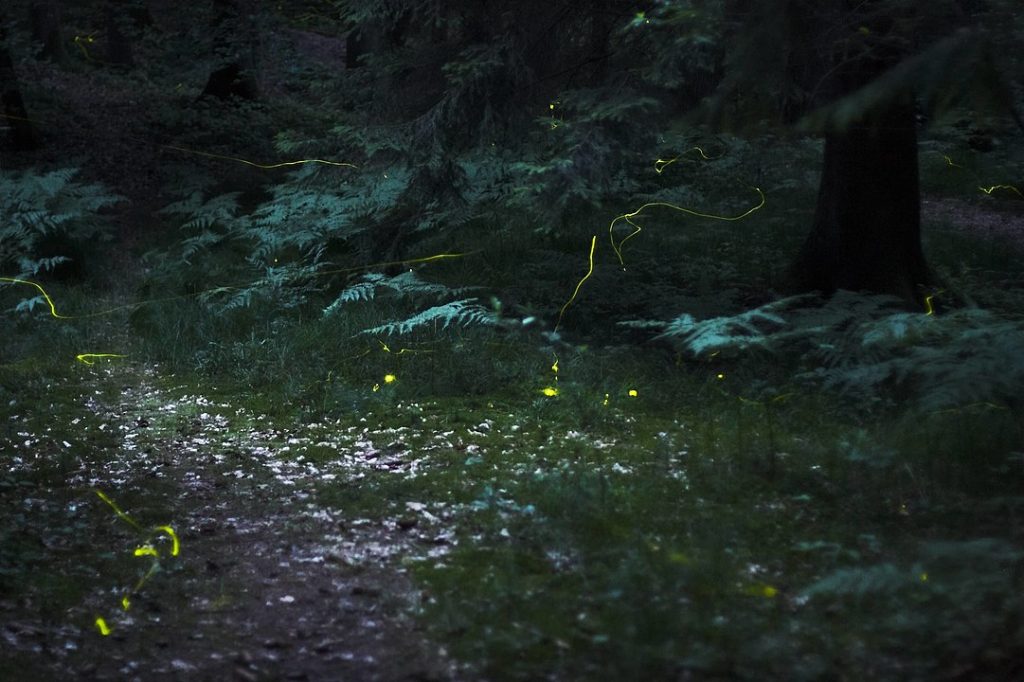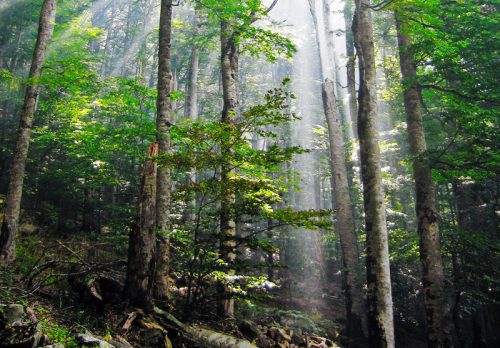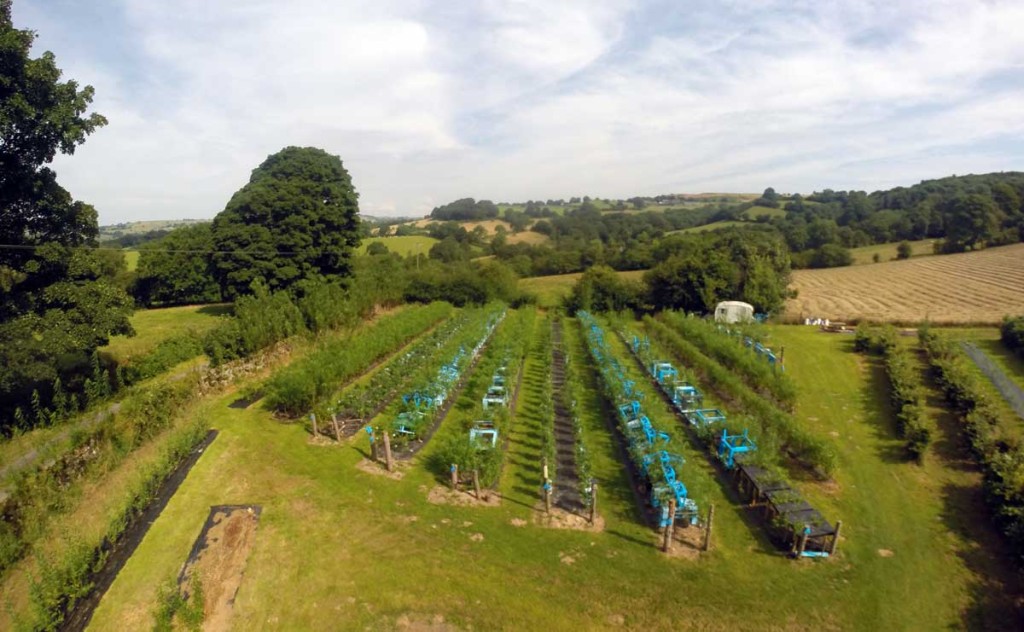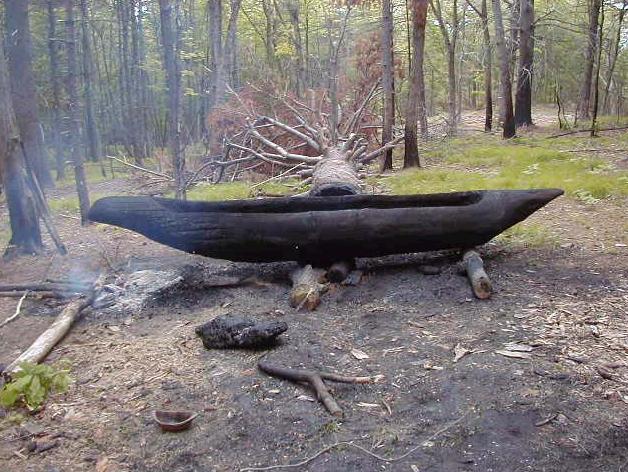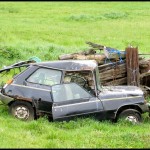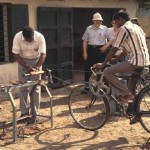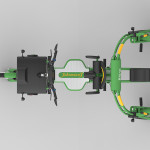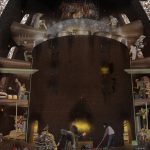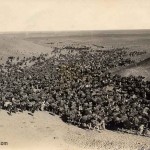Coppicing & pollarding trees could provide us with energy, materials and food — but also with a lot of glow-worms (or fireflies), a research paper argues: [Read more…]
Carbon Farming: The Tree Solution
“We need two billion hectares of trees to disconnect all present and past CO₂ produced through fossil fuels. The total investment to clean the air from the CO₂ pollution is therefore five trillion USD. This investment is smaller than the costs of saving the bank system since 2008. Both USA and Europe spent over six trillion USD to save their banks.”
Read more: The Treesolution, Pieter Hoff.
Image: A forest in Montenegro. Credit: Snežana Trifunović.
Let’s Grow Some Furniture: Botanical Manufacturing
“An ingenious British designer has come up with the ultimate environmentally-friendly way to create stunning household furniture – by letting Mother Nature do all the hard work. Gavin Munro grows young trees into specially-designed plastic moulds, pruning and guiding the branches into shape before grafting them together to form ultra-tough joints. Using this method he’s already created several prototype pieces and has a field in Derbyshire where he’s currently tending a crop of 400 tables, chairs and lampshades which he hopes to harvest next year.”
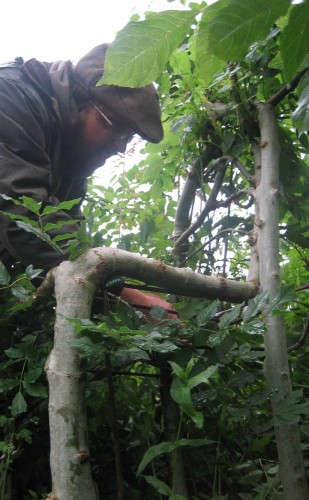 “You start by training and pruning young tree branches as they grow over specially made formers. At certain points we then graft them together so that the object grows in to one solid piece – I’m interested in the way this is like a kind of organic 3D printing that uses air, soil and sunshine as its source material. After it’s grown into the shape we want, we continue to care and nurture the tree as it thickens and matures before harvesting it in the Winter and then letting it season and dry.”
“You start by training and pruning young tree branches as they grow over specially made formers. At certain points we then graft them together so that the object grows in to one solid piece – I’m interested in the way this is like a kind of organic 3D printing that uses air, soil and sunshine as its source material. After it’s grown into the shape we want, we continue to care and nurture the tree as it thickens and matures before harvesting it in the Winter and then letting it season and dry.”
“Each of the pieces have grown from one tree, planted specifically for that reason, its limbs guided in an exact shape and later grafted together to produce the unique pieces of furniture, which he hopes are the pioneers of a new method of sustainable, efficient and ecologically aware production.”
See & Read more:
- Pictures: Munro’s website Full Grown.
Via Unconsumption.
Lifting Tool for Carrying Plant Containers
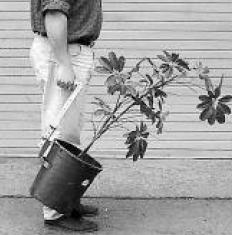 The tool shown here was designed for use in outdoor nurseries specializing in ornamental and bedding plants. At nurseries in California where it was tested, it reduced workers’ forward bending angle by as much as 47%.
The tool shown here was designed for use in outdoor nurseries specializing in ornamental and bedding plants. At nurseries in California where it was tested, it reduced workers’ forward bending angle by as much as 47%.
The time spent working at a forward-bent angle of more than 20 degrees was reduced by nearly half. Hand gripping effort was reduced by more than half. Lifting strain was reduced by 40%.
Workers reported less work-related pain when using the handles, and those who had the most severe symptoms at the start reported the most improvement.
Making a Dugout Canoe Using Stone Tools and Fire
“The Dugout Canoe Project (.pdf) began as an experiment to use traditional Native American technologies. Archaeologists are reliant on just a few ethnohistoric sources that mention how Native Americans made dugout canoes using stone tools and fire. Numerous contemporary examples of dugouts exist, particularly Plimouth Plantation’s Wampanoag Indian Program, made by burning and scraping out logs. However, to the best of our knowledge, no one has attempted to fell a tree using only stone tools and fire. We wanted to see if we could cut down a live tree using these technologies, something that may not have been done in this area for several hundred years.”
“Dugout canoes are probably the first type of boat ever made. People from all over the world made dugouts. They were widely used in North America before the arrival of Europeans. Dugout canoes were made by Native Americans across North and South America for transportation and to hunt fish with a spear, bow and arrows, or with hooks made from antler or bones. In Eastern North America, dugout canoes were typically made from a single log of chestnut or pine. Carefully controlled fires were used to hollow out these logs. The fires were extinguished at intervals to scrape out the burned wood with wood, shell or stone tools, giving the canoes a flat bottom with straight sides.”
Courtesy of the Fruitlands Museum. More posts on primitive technology.
Trees as Indicators of Prevailing Wind Direction
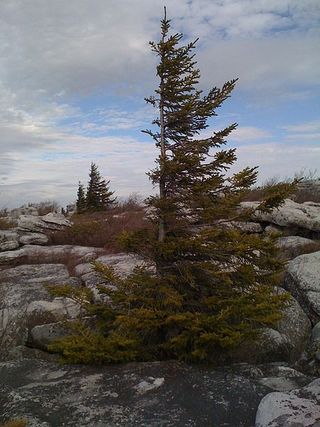 “In mountainous areas, winds are often complex and the available wind data are limited and provide little information on wind direction. One technique for determining the mean wind direction is tree flagging. Trees have been used for hundreds of years as an ecological indicator of wind direction, wind exposure and as a measure of the severity of wind and ice damage. This handbook will describe techniques for ‘reading’ the information written on the trees by wind.”
“In mountainous areas, winds are often complex and the available wind data are limited and provide little information on wind direction. One technique for determining the mean wind direction is tree flagging. Trees have been used for hundreds of years as an ecological indicator of wind direction, wind exposure and as a measure of the severity of wind and ice damage. This handbook will describe techniques for ‘reading’ the information written on the trees by wind.”
“Flagged trees only reflect the prevailing wind direction of the strongest winds, which may occur during only part of the year. Seasonal variations in the wind have a pronounced effect on the type of wind deformation and these effects are characterized in this handbook. Techniques for estimating the mean annual wind speed have been developed using indices of wind effects on trees. These indices have been calibrated on two widely distributed species of conifers. The main conclusions are that trees provide a simple, inexpensive and quick method for identifying promising locations where more detailed measurements can verify the wind potential.”
Trees as an indicator of wind power potential (.pdf), John E. Wade & E. Wendell Hewson, 1979.
Vegetation as an indicator of high wind velocity (.pdf), DOE report, John E. Wade & R.W. Baker, 1977
More low-tech wind power.
